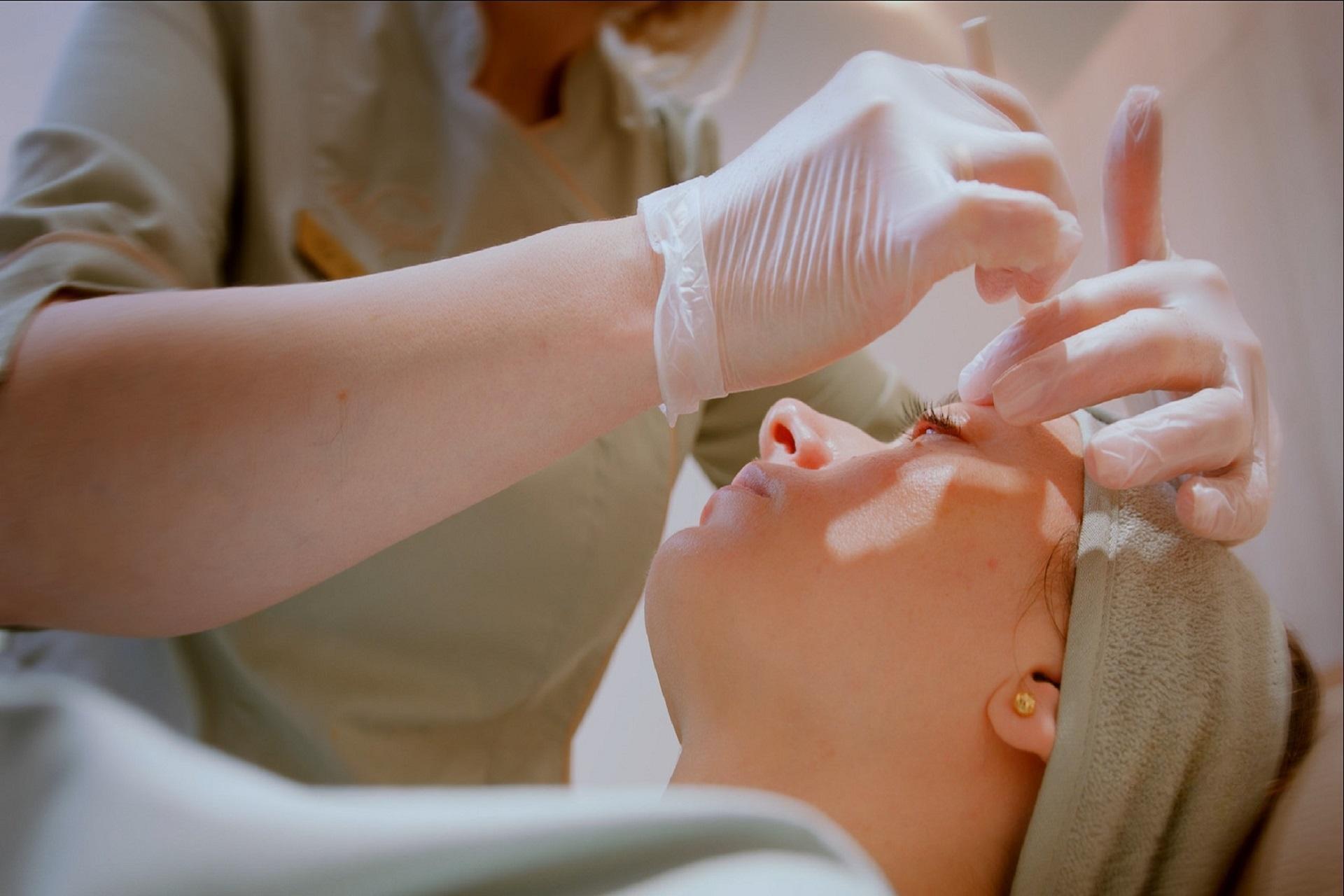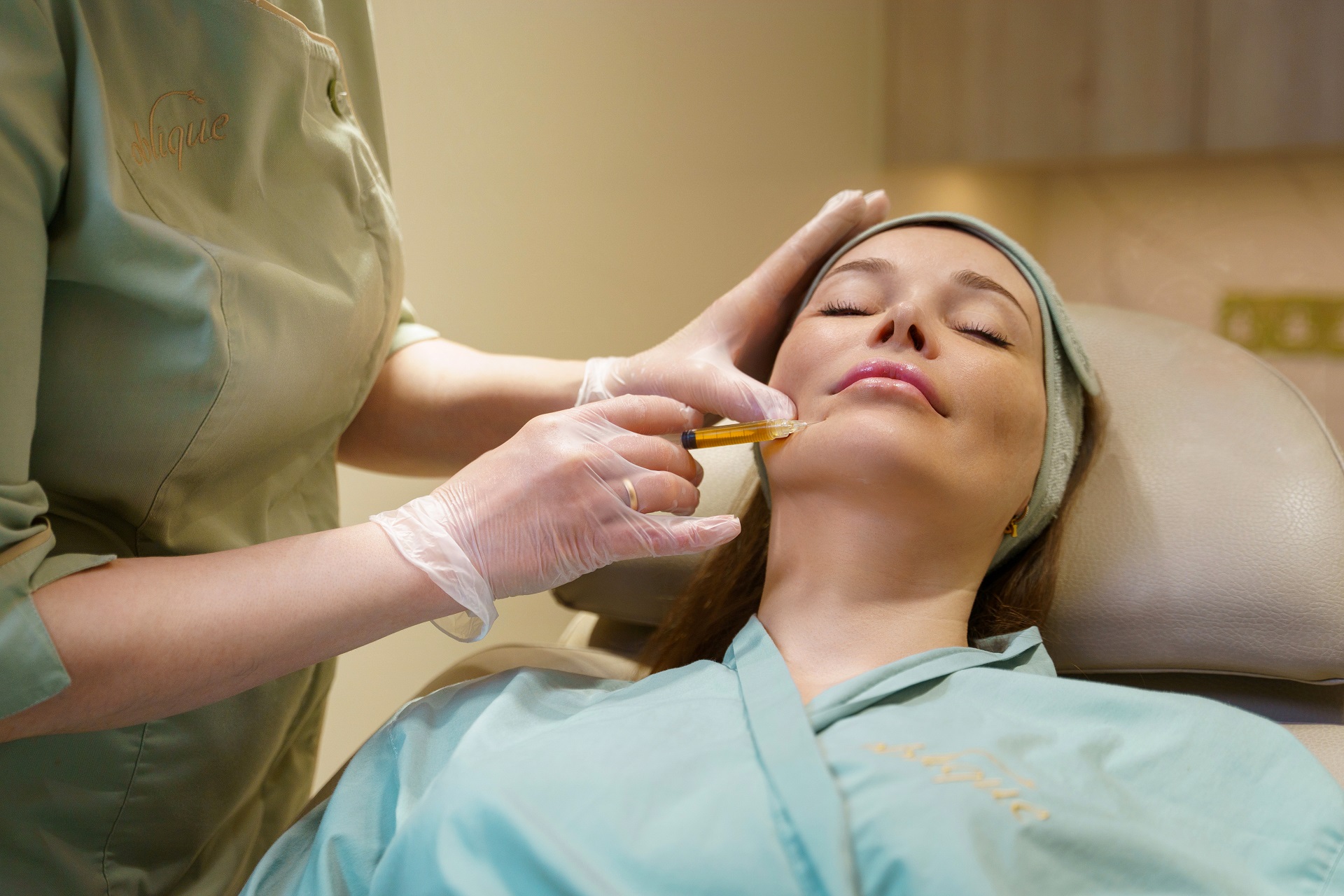Your Essential Guide to Polynucleotide Aftercare: Maximise Healing, Minimise Downtime
-
date of publication: 24/09/2025
Reading TIME: 3 min 15 sec
-
Author of the post: Oblique
Polynucleotide injections are revolutionising skin rejuvenation — hydrating, firming, and restoring your complexion from within. Whether you’re tackling under-eye puffiness, fine lines, or loss of elasticity, they work by stimulating your skin’s natural repair processes.
But here’s the truth: the treatment itself is only half the story. Proper aftercare is what determines how flawless your results will be. With the right steps, you’ll not only avoid side effects like redness or bruising but also extend your glow for months.
This guide takes you through every stage of recovery — from the first hours to long-term habits—so you can get the most out of your treatment.

Why Aftercare Matters
Polynucleotides are powerful bio-stimulators that:
- • Boost collagen and elastin production.
- • Improve hydration and texture.
- • Strengthen skin from within.
Without aftercare, you risk irritation, slower healing, or diminished results. Think of aftercare as the “finishing touch” that turns a good treatment into a great one—helping your skin stay radiant for up to a year.
First 24–48 Hours: Protect and Soothe
The first two days set the tone for recovery. Handle your skin gently:
- • Hands Off: Don’t press or rub treated areas. Small bumps are normal and settle on their own.
- • Gentle Cleansing: After 6–8 hours, wash with a fragrance-free cleanser and lukewarm water. Pat dry—never scrub.
- • Skip Makeup: Give skin a 24-hour break. If needed after that, choose clean, mineral-based products.
- • Avoid Heat & Sun: Stay out of direct sunlight, saunas, and hot baths. Apply broad-spectrum SPF 50 if you must go outside.
- • Soothe Discomfort: Mild swelling or redness is expected. Use a cool compress (not ice) and consider arnica cream—if approved by your practitioner.
- • Lifestyle Watch: No alcohol or smoking for 24 hours; both can worsen swelling and slow repair.
The First Week: Support Skin Renewal
Your skin is now rebuilding—help it thrive with these habits:
- • Hydrate Deeply: Drink 8–10 glasses of water daily and use a gentle, fragrance-free moisturiser.
- • Keep Skincare Simple: Stick to calming products with aloe, panthenol, or ceramides. Avoid actives (retinol, acids, exfoliants) for at least 7 days.
- • Cool and Calm: Steer clear of steam rooms, hot yoga, or anything that overheats your skin. Sleep slightly elevated to reduce puffiness.
- • Eat Skin-Friendly Foods: Load up on vitamin C, zinc, and protein (think citrus, leafy greens, fish, nuts).
- • Press Pause on Treatments: Skip facials, peels, or other injectables for 2 weeks to let your skin recover fully.
- • Resist Scratching: Mild itchiness is part of healing. If bothersome, ask your practitioner if an antihistamine is suitable.
Exercise Aftercare: Move Smart, Not Fast
Polynucleotide recovery and exercise can clash if you rush. Here’s how to balance both:
- • 48-Hour Rest: Avoid strenuous workouts, heavy lifting, and running. Increased circulation can worsen bruising.
- • Gentle Start: Light walking or easy stretching is safe from day one—just avoid overheating.
- • Gradual Return: By day 3–4, try moderate exercise if comfortable. Stop immediately if swelling worsens.
- • Under-Eye Caution: If treated here, take extra care—avoid squinting or strain that stresses this delicate area.
Long-Term Aftercare: Lock in Results
To keep your glow lasting and your skin strong:
- • Daily SPF 50: Protect against UV damage and pigmentation.
- • Smart Skincare: Add a hydrating serum (like HA) once your practitioner approves.
- • Healthy Lifestyle: Sleep well, manage stress, and eat a nutrient-rich diet.
- • Maintenance Plan: Polynucleotides often work best as a series. Top-ups every 3–6 months may be recommended.
- • Regular Check-Ins: Stay in touch with your practitioner to adapt your skincare routine as your skin evolves.
Avoid These Common Mistakes
- • Skipping sunscreen
- • Using harsh products too soon
- • Exercising intensely before 48 hours
- • Ignoring hydration (inside and out)
- • Overlooking warning signs like prolonged redness, severe pain, or infection
When to Contact Your Practitioner
Reach out if you notice:
- • Severe or worsening pain
- • Unusual swelling, bruising, or lumps
- • Signs of infection (heat, pus, spreading redness)
Quick action ensures a safe, smooth recovery.
Polynucleotide treatments are a breakthrough for skin health, but aftercare is where the true transformation happens. By following these steps—protecting in the first days, supporting in the first week, and committing to long-term care—you’ll enjoy smoother, firmer, more radiant skin for months to come.
Best services for you

from £350
Polynucleotides are naturally occurring molecules that help regenerate and repair the skin at a cellular level. They work by stimulating collagen production, improving skin elasticity and promoting deep hydration. Commonly used in aesthetic treatments, polynucleotides help reduce fine lines, improve skin texture and accelerate healing, making them ideal for rejuvenation, and anti-ageing therapies.
Benefits
- Post-Treatment Glow
- Boosts Skin Regeneration
- Strengthens the Skin Barrier
- Reduces Fine Lines and Wrinkles
- Enhances Skin Texture and Tone
- Improves Elasticity and Firmness
- Increases Hydration for a Dewy Glow
Date of publication24/09/2025











